
Come out for the 23rd Annual Cool House Tour, happening on June 9, 2019. We are fortunate to have two projects on this year’s tour, one project with a potable rainwater harvesting system and one with a graywater reuse system.
The Cool House Tour is a collaboration of Austin Energy Green Building (AEGB) and the Texas Solar Energy Society (TXSES), showcases three remodels, three new homes, an Accessory Dwelling Unit (ADU) and a wildlife sanctuary residence.
Baker Sanctuary
The Travis Audubon Baker Sanctuary is a 715-acre wildlife preserve, part of the Balcones Canyonlands Preserve. After residing in an on-site trailer for six years, the steward and his family of four needed a comfortable home that would complement the natural habitat of the sanctuary.
Many aspects of this project makes it a sustainable example to follow:
- Only ashe juniper, persimmon and small shrubs were removed from the site to accommodate the house and maintenance barn.
- Passive solar orientation plus two-foot overhangs and covered porches protect against solar heat gain.
- A standing-seam metal roof, spray-foam insulation and low-E windows create an efficient thermal envelope.
- The 7.97 kW solar array reduces the demand for utility energy.
- This house has a HERS rating of 2 predicting near-net-zero consumption.
- And last but not least, the entire house collects rainwater into a 31,078-gallon rainwater catchment system and is used as the house’s sole water source.
The rainwater harvesting system collects rainwater from the roofs of both the house and the barn, for a total of 4,083 square feet of roof space. With just one inch of rain, the system will harvest abour 2,500 gallons.
The rainwater harvesting system collects rainwater via a “wet” pipe collection system. In addition, it employs many features such as gutter screening, first-flush diverter, inlet filter screening, floating filter, cartridge filters, and UV disinfection system.
In addition to building the steward’s house, structural improvements were made to the Jackie Arnold Pavilion which is used for educational gatherings. A 6,082-gallon rainwater catchment system was installed to provide water for the pavilion’s toilets.
The entire Baker Sanctuary was designed and built in a sustainable manner to align with Travis Audubon’s mission of conserving wildlife habitat and the ecological balance of healthy, sustainable and habitable communities. The Baker Sanctuary was founded in the 1960s as the first golden-cheeked warbler preserve in the world, thirty years before the bird was listed as endangered.
The house and pavilion projects were built by Solluna Builders.
Louise Lane
The homeowner wanted to remodel the existing 1950’s house to ensure the complementary with the neighborhood but incorporate many new features that will create a truly sustainable house.
The roof was raised, and a modest addition and large porch were added to the back of the home. A metal roof with ample overhangs protect the interior, and tall northeast-facing high-efficiency windows allow for natural daylighting. A ground-sourced geothermal system heats and cools the home, a solar thermal system heats the water, and a solar PV system offsets energy use for the home and a pool.
The house includes a 6,700-gallon rainwater harvesting system but the cool thing about this system is that it is located under the outdoor porch deck. This rainwater collection system provides water for toilets, pool top off, and future vegetable garden irrigation. The rainwater harvesting system has an auto-fill system that fills the rainwater cisterns with a minimum amount of municipal water to ensure continuous operation of the pump system without worry that the rainwater tanks could run dry.
The homeowner took water conservation to the max by also employing IWS to design and install a graywater reuse system. The graywater reuse system collects the graywater from the bathtub/showers, bathroom sinks, and the clothes washer. The graywater is then used for irrigation purposes in order to offset the use of potable municipal water.
The graywater system is innovative in that it was designed to automatically backwash to clean out the sand filter. Due to the current backflow protection regulations for Austin, we could not connect a municipal water pipe to the graywater system to enable the automatic backwash. Therefore, we employed rainwater as the water to backwash the graywater system.
Lastly, the owner has been recognized as a Net-Zero Hero by the City of Austin’s Office of Sustainability. His perseverance while navigating the gray water system permitting process and his dedication to including sustainable systems in their home is exemplary.
We’re here to help you conserve water!
IWS designs and installs water conservation systems for residential and commercial projects. We would love to assist you in creating the best water conservation strategy that fits your project and budget.
Worried about complying with your city’s regulations when it comes to rainwater harvesting and graywater reuse? Worry no more! Due to our years of experience, we understand the current regulations and will help apply for the necessary permits and install the required backflow prevention devices.


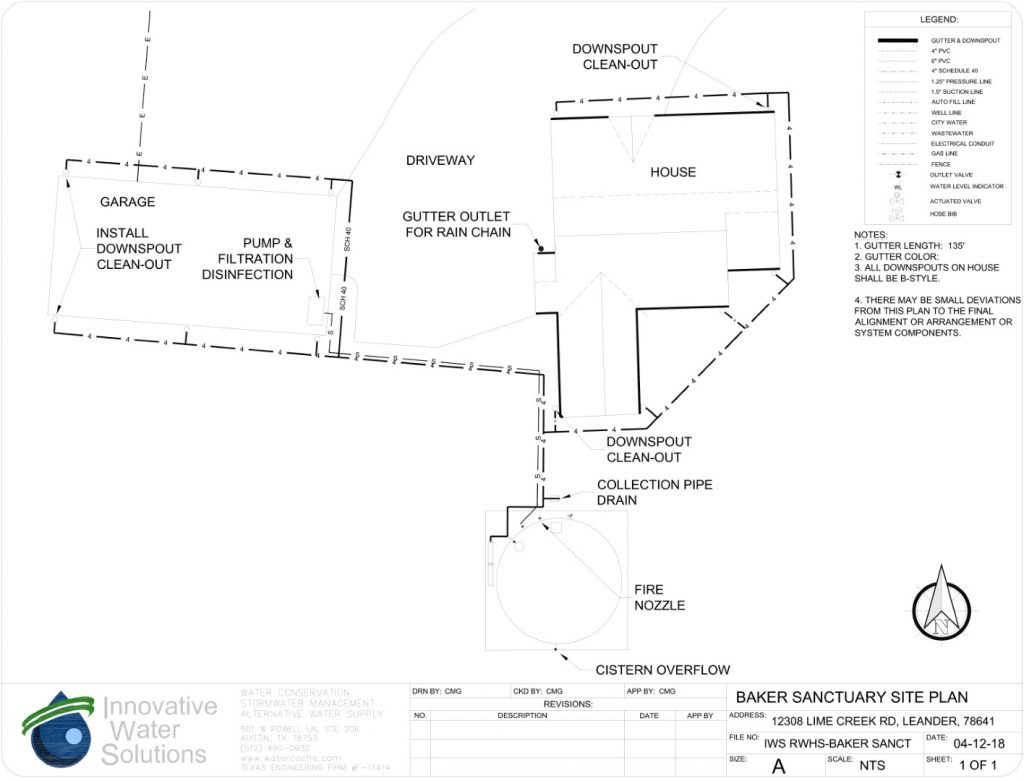
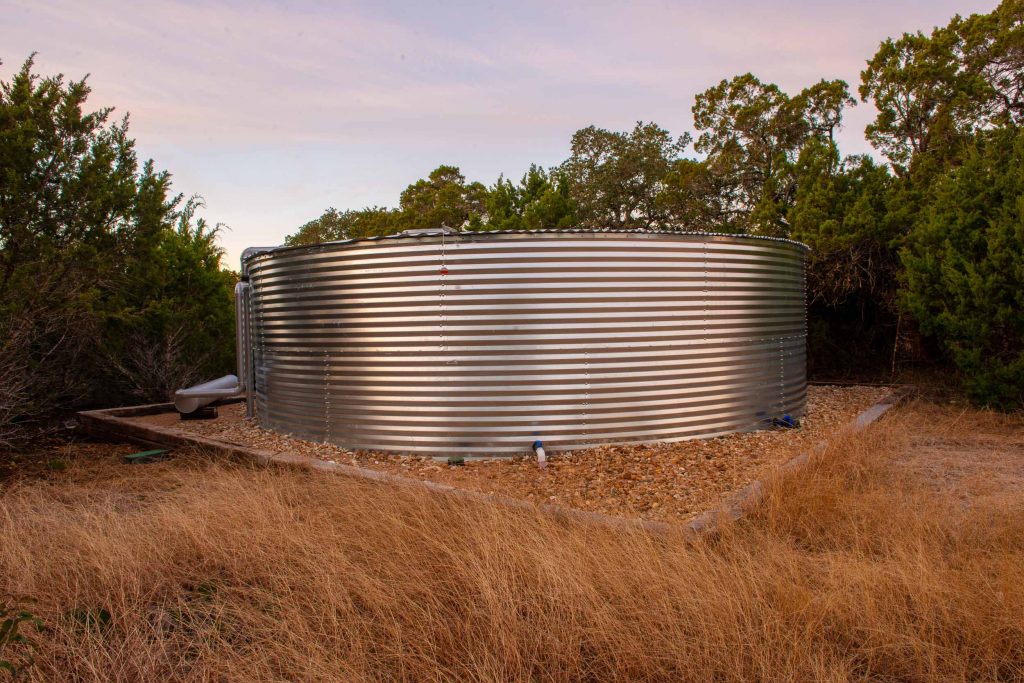
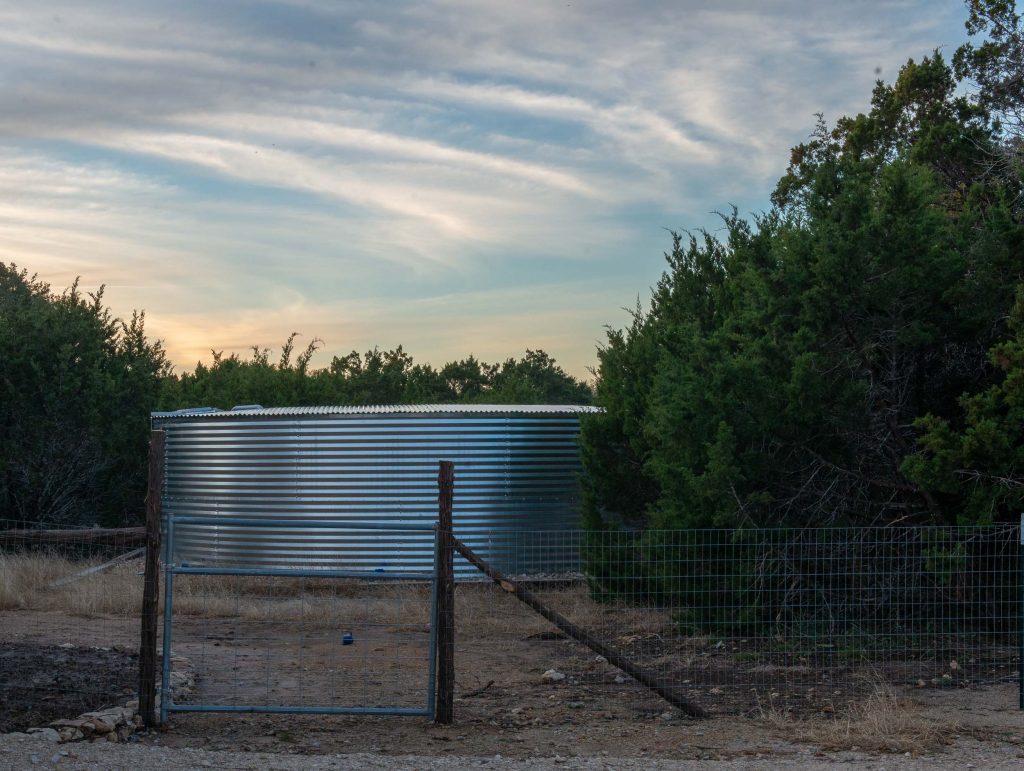
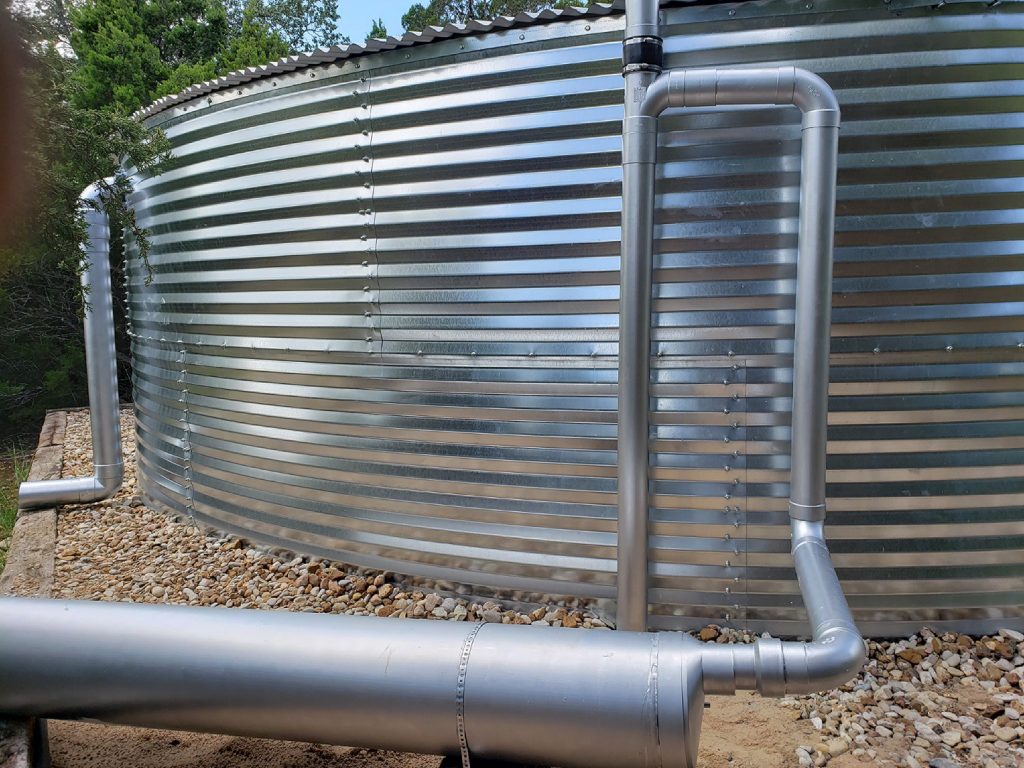
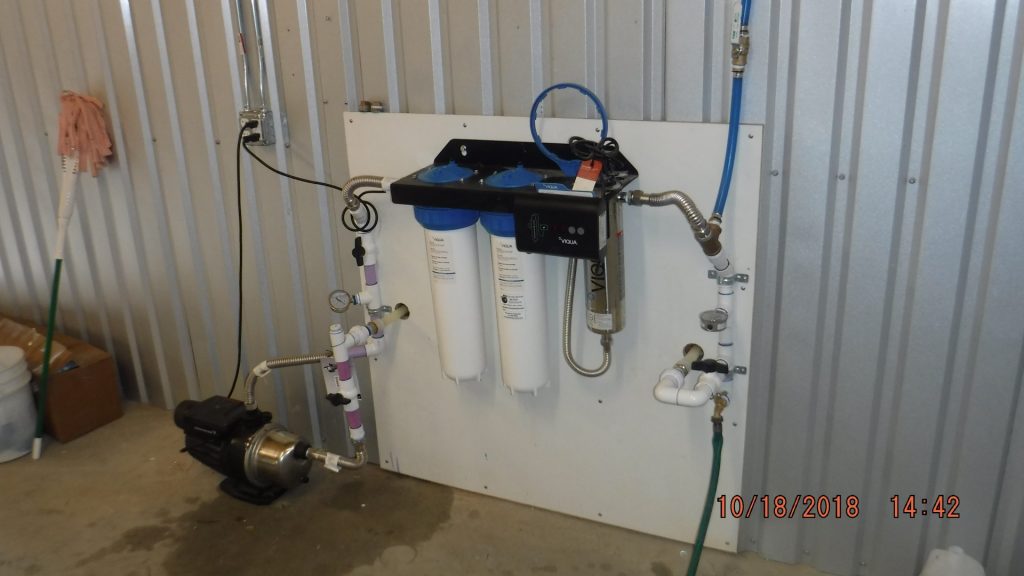
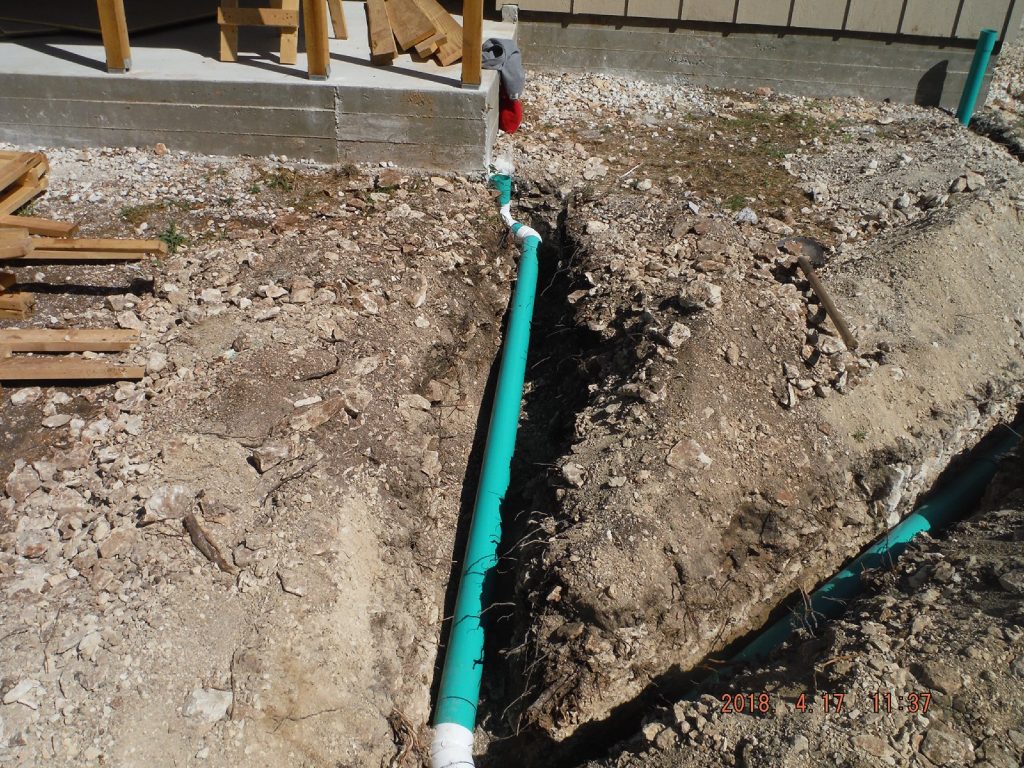
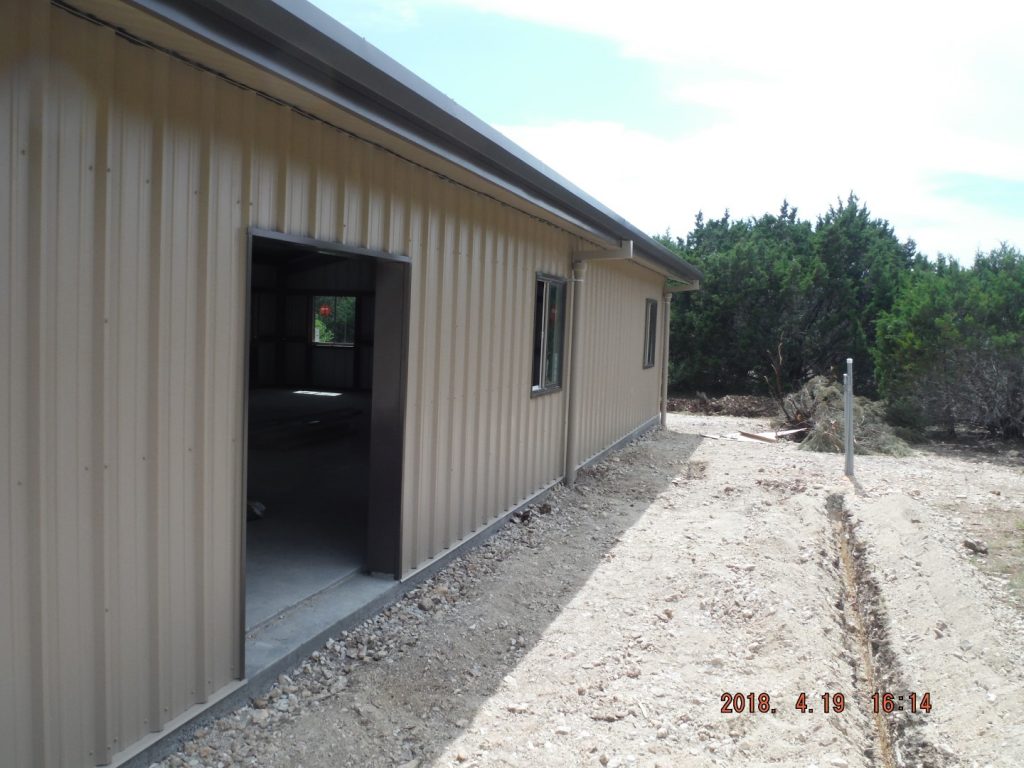
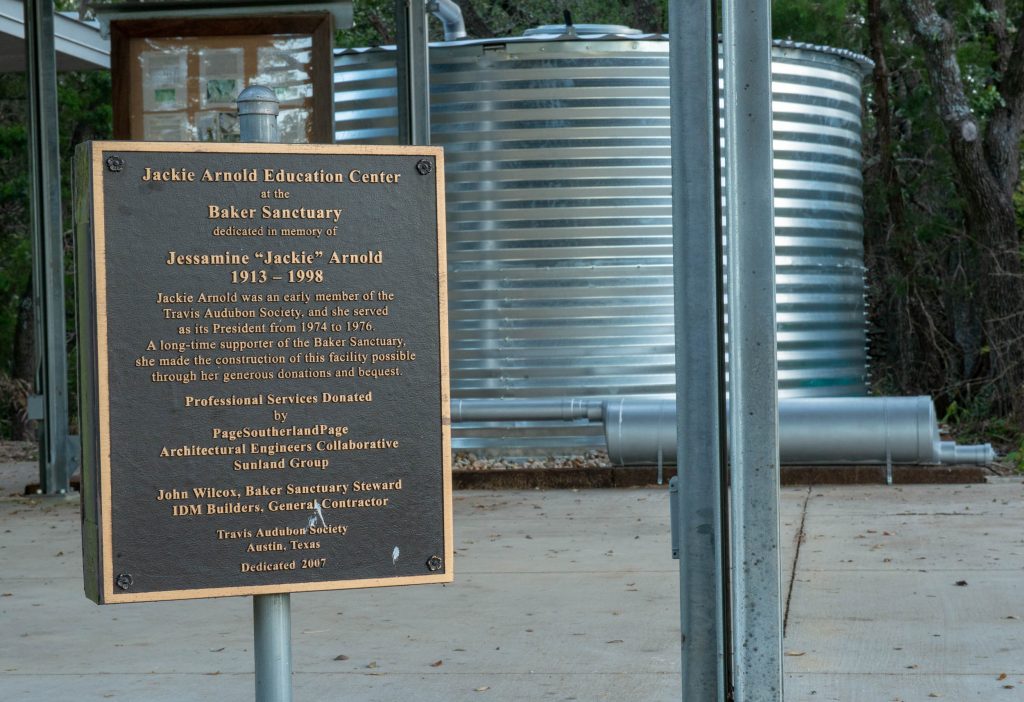
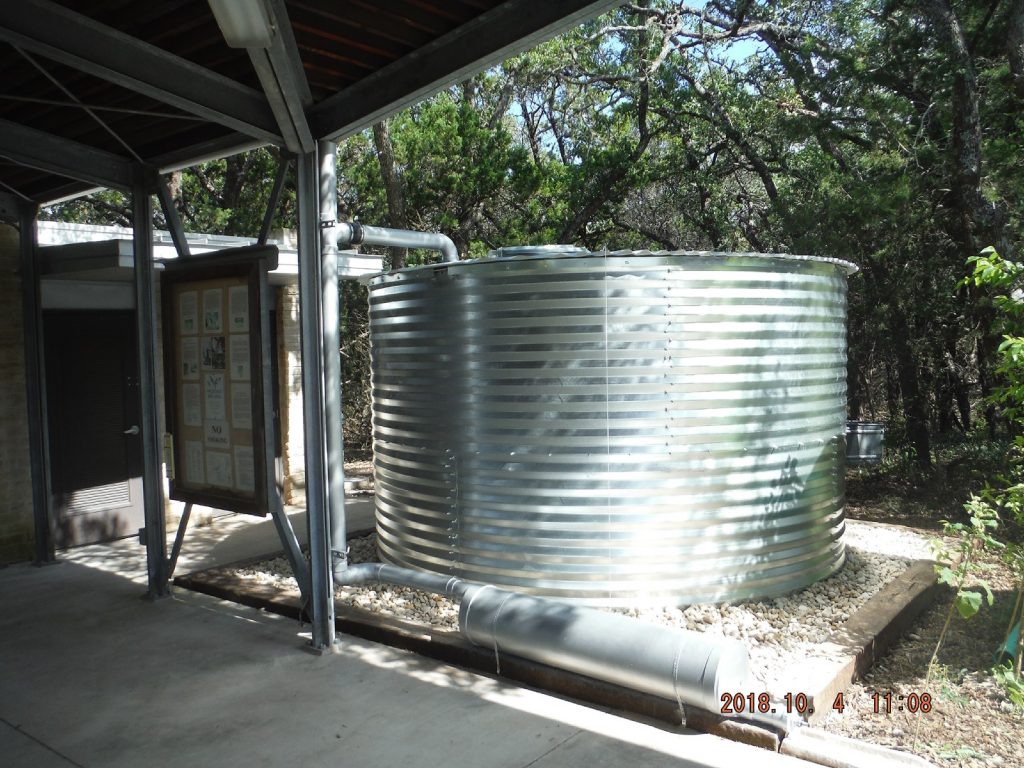
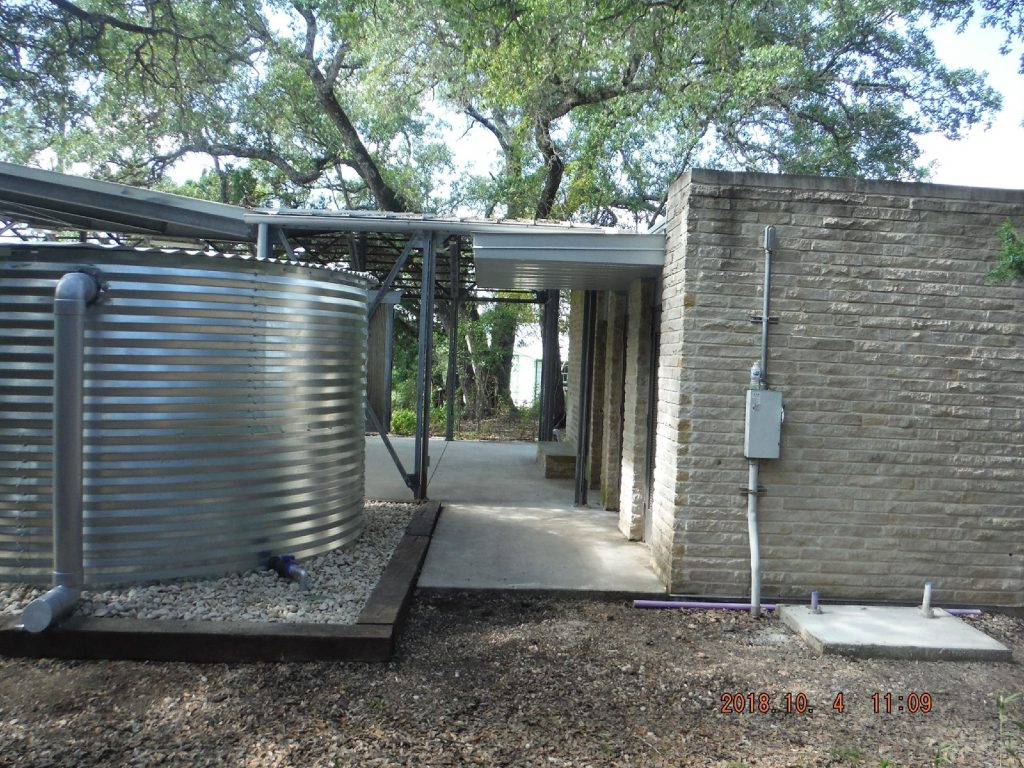
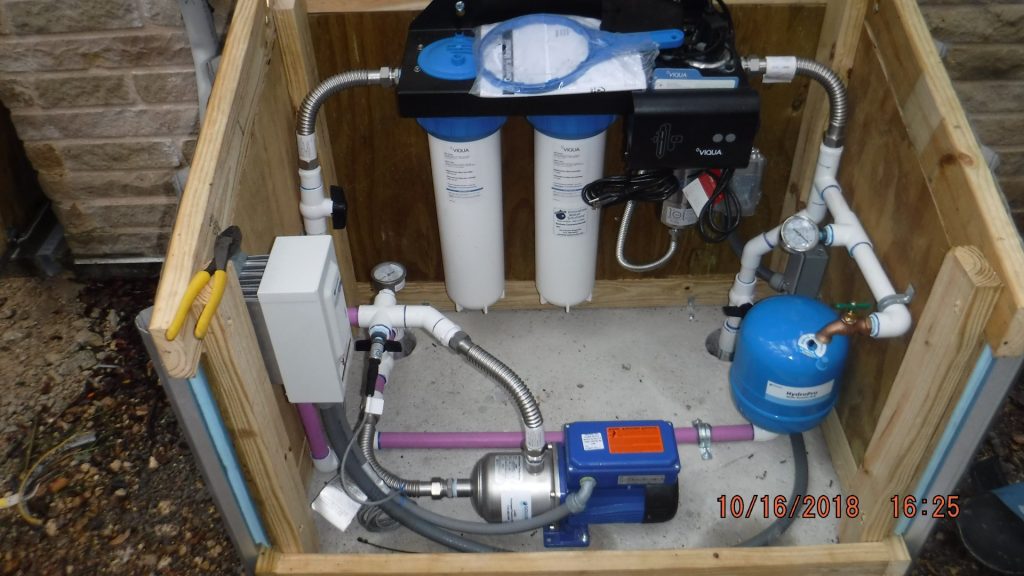
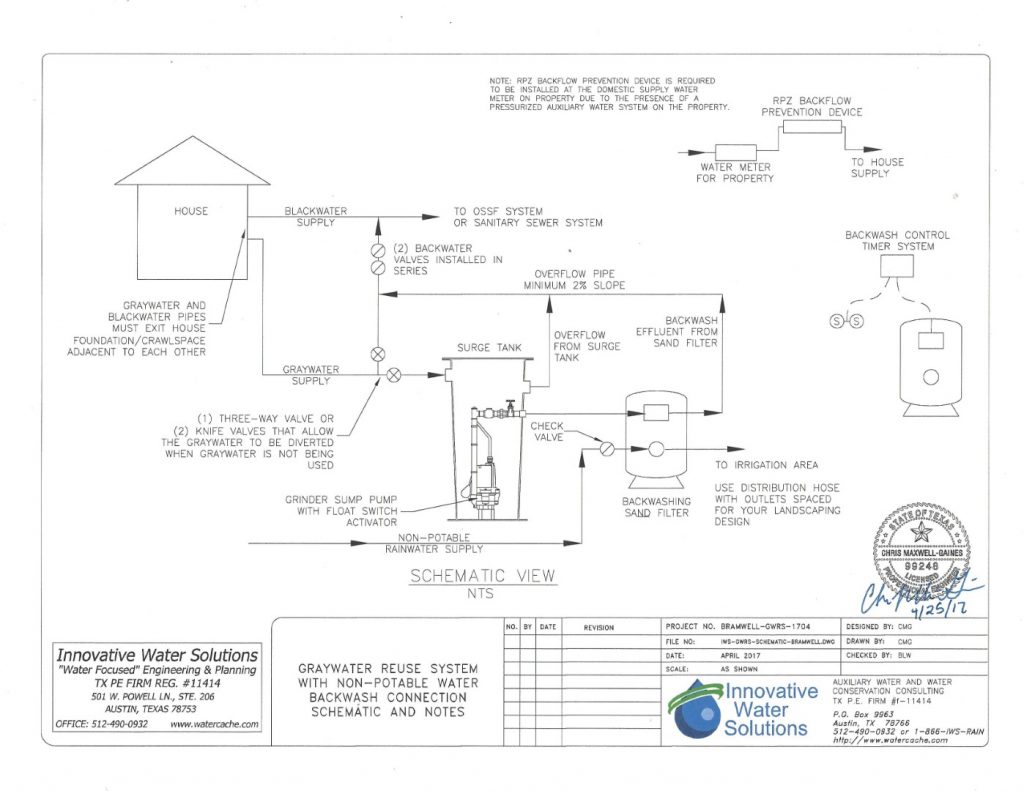
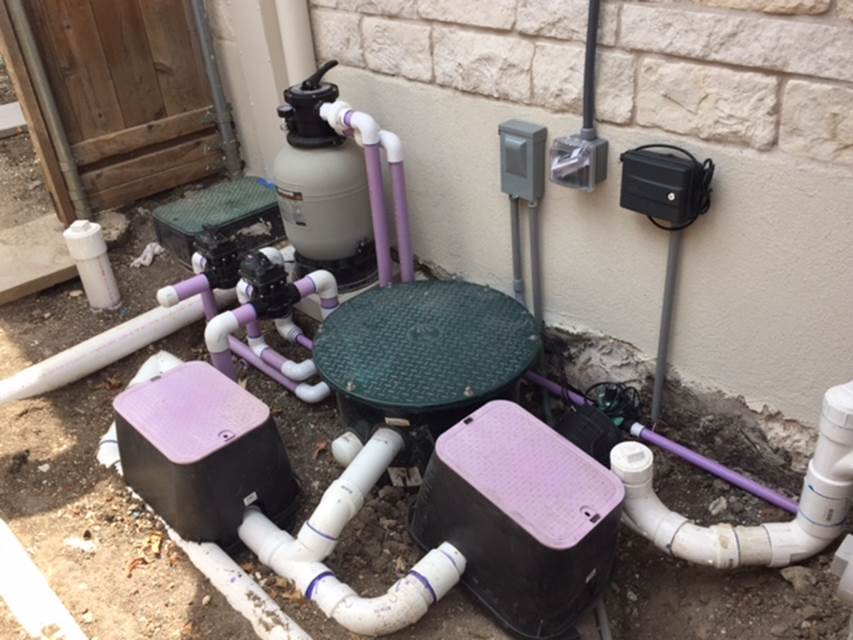
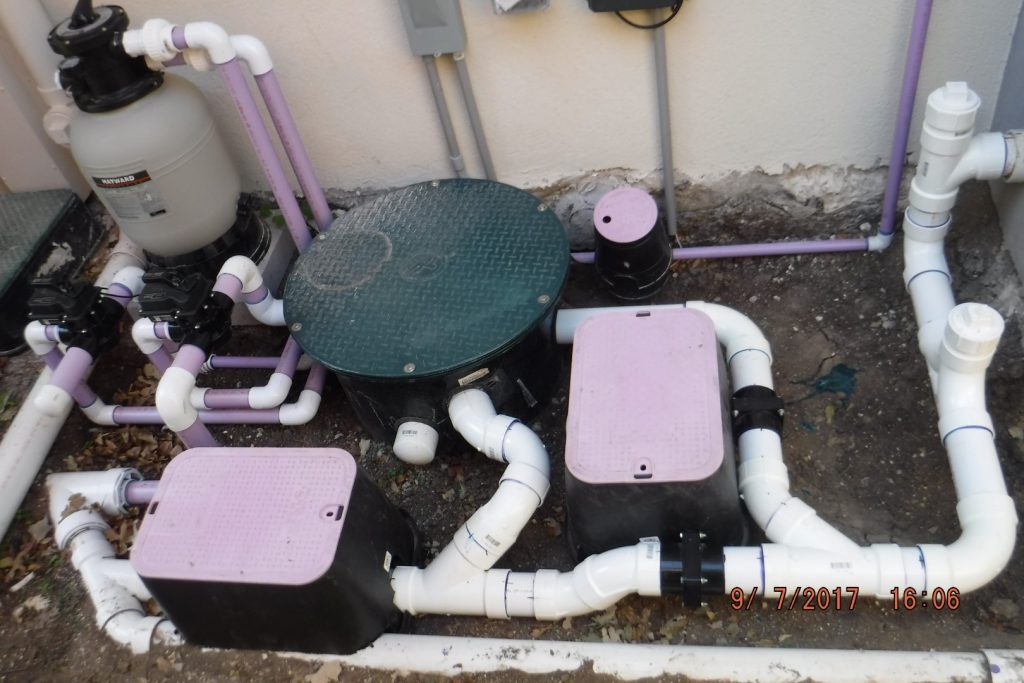
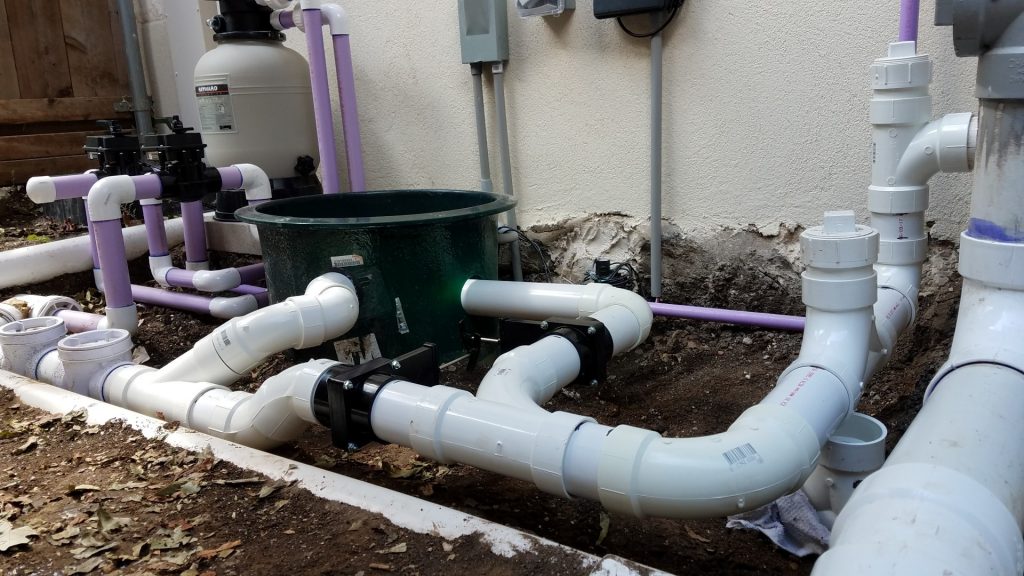
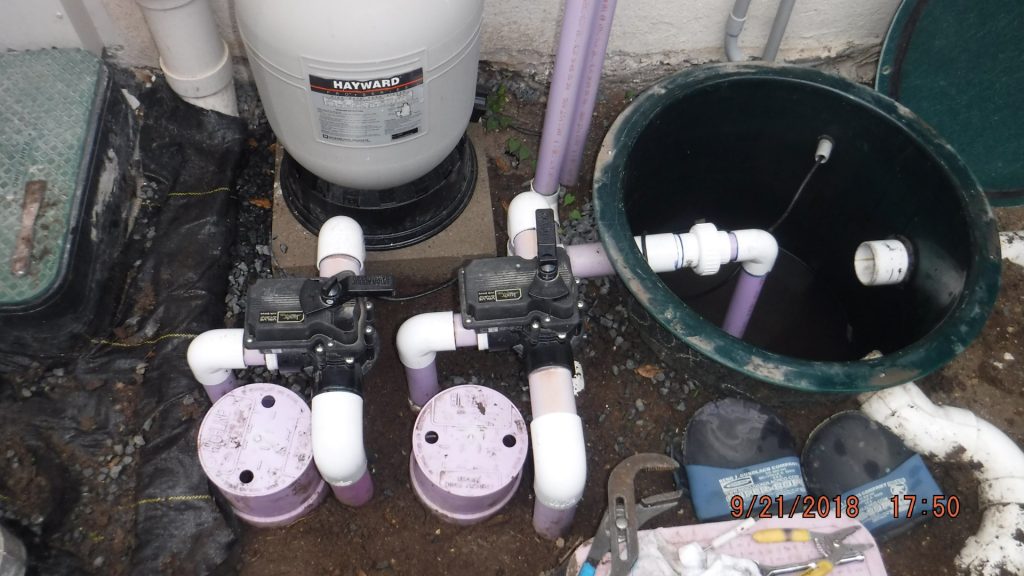
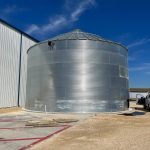
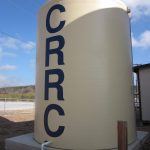
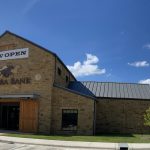

Can systems like these help American Indian reservations with lack of water systems ?
Absolutely! All that is needed is a roof surface and a tank.
Have you tried Claire-technologies Quantum Disinfection media in place of the UV on these systems?
Probably much more suitable.
Edward, we have not tried the Claire Technologies disinfection media product. Thanks for bringing it up to my attention. I will definitely check it out.
I’m building a new home in Blanco, TX. I’m interested in learning more about going with rainwater collection vs drilling a well.
Ron, just give us a call at 512-490-0932 and we can discuss all things rainwater. Looking forward to it!
I’m building an “alternate” build in New Mexico — a small enclave of steel buildings — two are small residences and a small guesthouse. I’d be interested to learn more about rainwater harvesting versus drilling a well — and how to set that up for multiple small homes on one homestead. Thanks!
Hilary, thanks for the inquiry. Not being sure where in New Mexico you are developing at, but in areas where rainfall can come in large quantities during a few rain events during the year, sizing the rainwater storage is definitely important. And when I say sizing the rainwater storage I mean going as large as you can in order to weather the long dry periods between the rain events. You would have to determine your potential daily usage rate and model it against the average daily/monthly rainfall rates in your area to determine if a rainwater harvesting system can sustainably supply your development.
Now, devising a strategy to collect from multiple buildings, while doable, can be tricky. The simplest way is to develop each building with its own rainwater collection system. If the buildings are close enough, you could create a collection system to channel the runoff from each building to a large cistern that then supplies all of the buildings with water.
So there is a lot to consider and a lot that needs to go into the planning of a system like this. Good luck!
How do you build something like this in colder climate like Pennsylvania? I read something like submersible aquarium heaters works for smaller scale system, but they do use a lot of energy to run.
Eric, thanks for the question. One way to construct a rainwater system in a colder climate is to install an underground tank. I don’t think you need to get the whole tank under the frost line but by burying the tank, you can help to ensure you don’t have any frozen water in the tank. If you need to install an aboveground tank, you can either drain the tank during the winter (and divert any incoming rainwater from the gutters) or you can employ a heating system like a livestock stock tank heater. We don’t have any experience with that down in the southern states since our freezes don’t last very long, but in my opinion, a stock tank heater (or a couple) would definitely keep the tank from freezing. Thanks!
so…… blog post header gives 2018 date and then in the piece, a 2019 …. I think we’re in 2023, right?!?!?!
Good catch on the 2018 mistake! It should have said 2019. This blog post highlight a few systems that we installed on homes that were on the 2019 Cool House Tour here in central Texas. We thought they were great projects and wanted to highlight them in our recent newsletter.